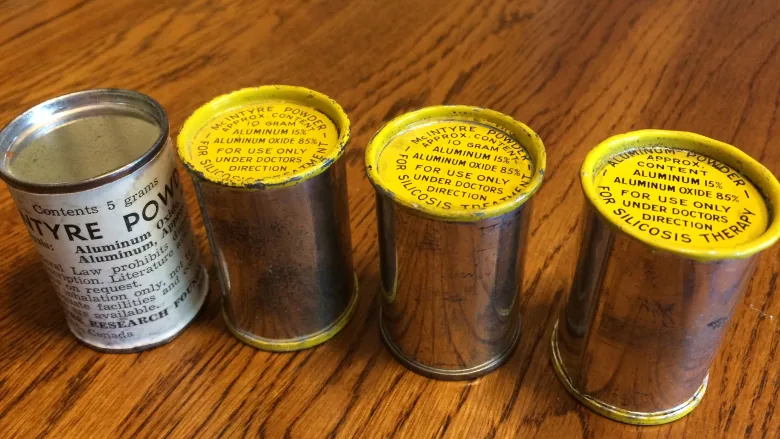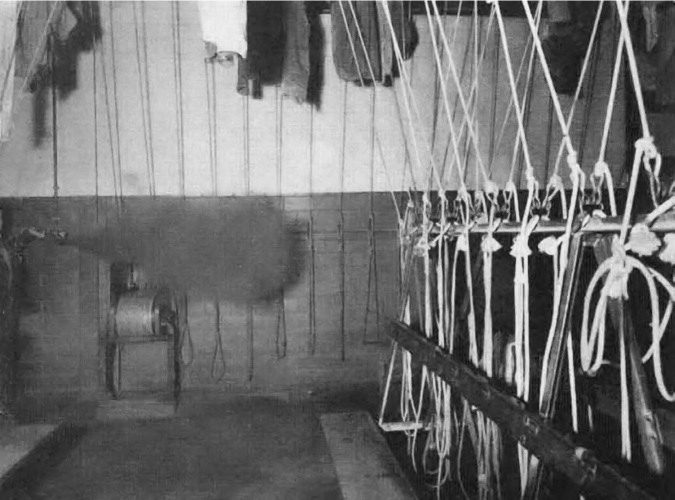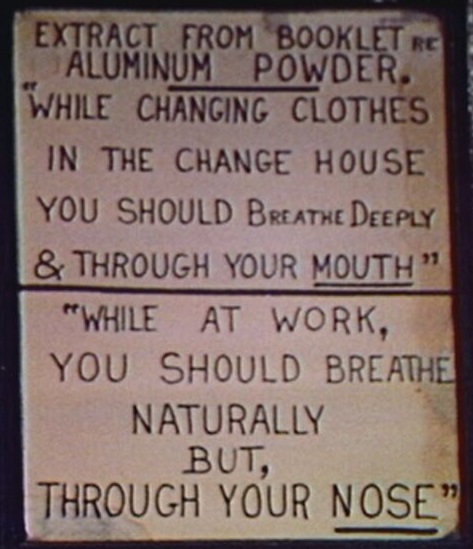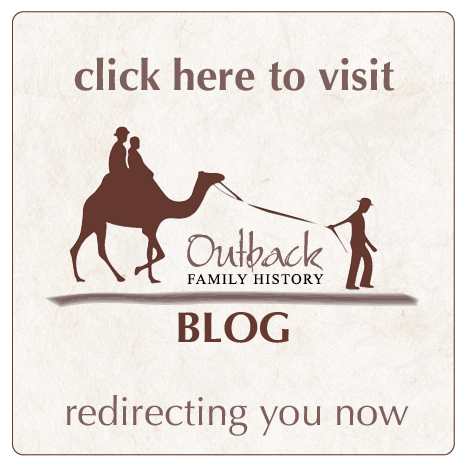Trading One Risk for Another!
Consequences of the Unauthenticated Treatment and
Prevention of Silicosis in Ontario Miners in the
McIntyre Powder Aluminum Inhalation Program.

There are four known canisters of McIntyre Powder, that were used between 1943 and 1979. The white can pictured here is the original canister, labelled as 5 grams. The next two are labelled as 10 grams. The canister on the far-right states: “For silicosis therapy. For use only under doctors direction” (Supplied/Janice Martell)
Janice Martell, is the founder of ‘The McIntyre Project’, and someone who I have known for some time through the West Australia Virtual Miners Memorial. She has asked me to post the following information to assist her in her search for Western Australian Miners who have been affected by the use of Aluminium Therapy in the workplace. The following is an outline of how and where the treatment was done in Western Australia.
In Western Australia, 4873 gold miners had McIntyre Powder exposure documented on their miners’ work cards.
From 1943 to 1979, miners and factory workers in more than two hundred work sites globally were subjected to mandatory medical treatments by their employers as an unproven, and ultimately ineffective, treatment to prevent the lung disease Silicosis. The treatments involved inhaling finely ground aluminum dust known as ‘McIntyre Powder’, blown into miners’ change rooms each shift using compressed air systems. Tens of thousands of industrial laborers were exposed to McIntyre Powder, yet their story is scarcely known, and the possible health impacts of their aluminum treatments were rarely studied.
What started Janice on her journey to raise awareness of the health effects around the world of McIntyre Dust, came about when it was found to have a link to her father, Jim Hobbs, Parkinson’s Disease.

Dispersal of McIntyre Powder in the change room.” Transactions, Volume XLVII, 1944, pp. 185–202. Reprinted with permission of the Canadian Institute of Mining, Metallurgy, and Petroleum
The following is a list of all Western Australian Mines that used the powder. If you or a relative has been affected, she would very much like to hear from you. Janice Martell – minersinfo@yahoo.ca
NOTE: Mines listed here are based on archival documents, and may not represent a complete list of WA mines that used McIntyre Powder.
- Big Bell Mines Ltd.
- Boulder Perseverance GM
- Callion GM
- Chaffers GM
- Croesus GM
- Fraser’s Mine
- Gold Mines of Kalgoorlie
- Great Boulder Proprietary GM
- Great Western Consolidated GM
- Hannans Star GM
- Hill 50 GM
- Golden Horseshoe GM
- Iron Duke GM
- Ivanhoe GM
- Kalgoorlie Enterprise Mines Ltd.
- Kalgurli Pty Ltd
- Lady Miller GM
- Lake View & Star Mines
- Lakeview GM
- Moonlight Wiluna Gold Mines Ltd.
- Mount Ida GM
- New Coolgardie GM
- North Boulder GM
- Norseman Central GM
- North Kalgurli GM
- North Royal GM
- Oroya GM South GM
- Princess Royal GM
- Sons of Gwalia GM
- South Kalgurli Cons Ltd
- Timoni GM
- Union Jack GM
Summary of McIntyre Powder use in Western Australia Gold Mines
McIntyre Research Foundation (a group of mining executives and industrial physicians formed in Canada) granted a license to the Government of Western Australia regarding the use of McIntyre Powder (aluminum dust) in WA gold mines. The Department of Mines in Western Australia acted as a McIntyre Research Foundation agent, issuing sub-licenses on behalf of the Foundation to Western Australian gold mines.

McIntyre Research Foundation shipped aluminum dust dispersal equipment (e.g. powder ejectors) and canisters of McIntyre Powder to WA gold mines in 1950, and once equipped, WA gold mines began the use of McIntyre Powder in miners’ changerooms in 1950 – by year’s end, 10 mines had commenced aluminum prophylaxis in 21 change houses, and 1450 men were taking the treatment. The 1952 Department of Mines Western Australia report indicated that 28 changerooms were using McIntyre Powder, and 2,387 men were licensed to receive treatment. By 1956, 25 mine changerooms were using it, and 2,757 men were taking the aluminum dust treatment. Fraser’s Mine began using McIntyre Powder in 1957, and Croesus Mine in 1958.
Officially, treatment was “voluntary” but practically, it was difficult to avoid exposure.
In 1964, a vote was held to determine if miners wanted to continue aluminum dust treatment, and the miners voted in favour of continuation. However, by 1966, the Western Australia Department of Mines reported that “both management and labour show little interest in this treatment”. The annual Department of Mines reports indicated that in the late 1960s, aluminum therapy was available to the miners, but its use was in decline, noting “spasmodic and negligible” use by 1968. The last mention of aluminum therapy in the Department of Mines annual reports was in 1970 – simply noting that “Provision for the prophylactic treatment with aluminum powder was available at most gold mines”.
(Sources: WA Government Archives; Department of Mines Western Australia annual reports)
Should you wish to know more you can go to the project website at – The McIntyre Project
Further Reading – Trading on Risk for Another



